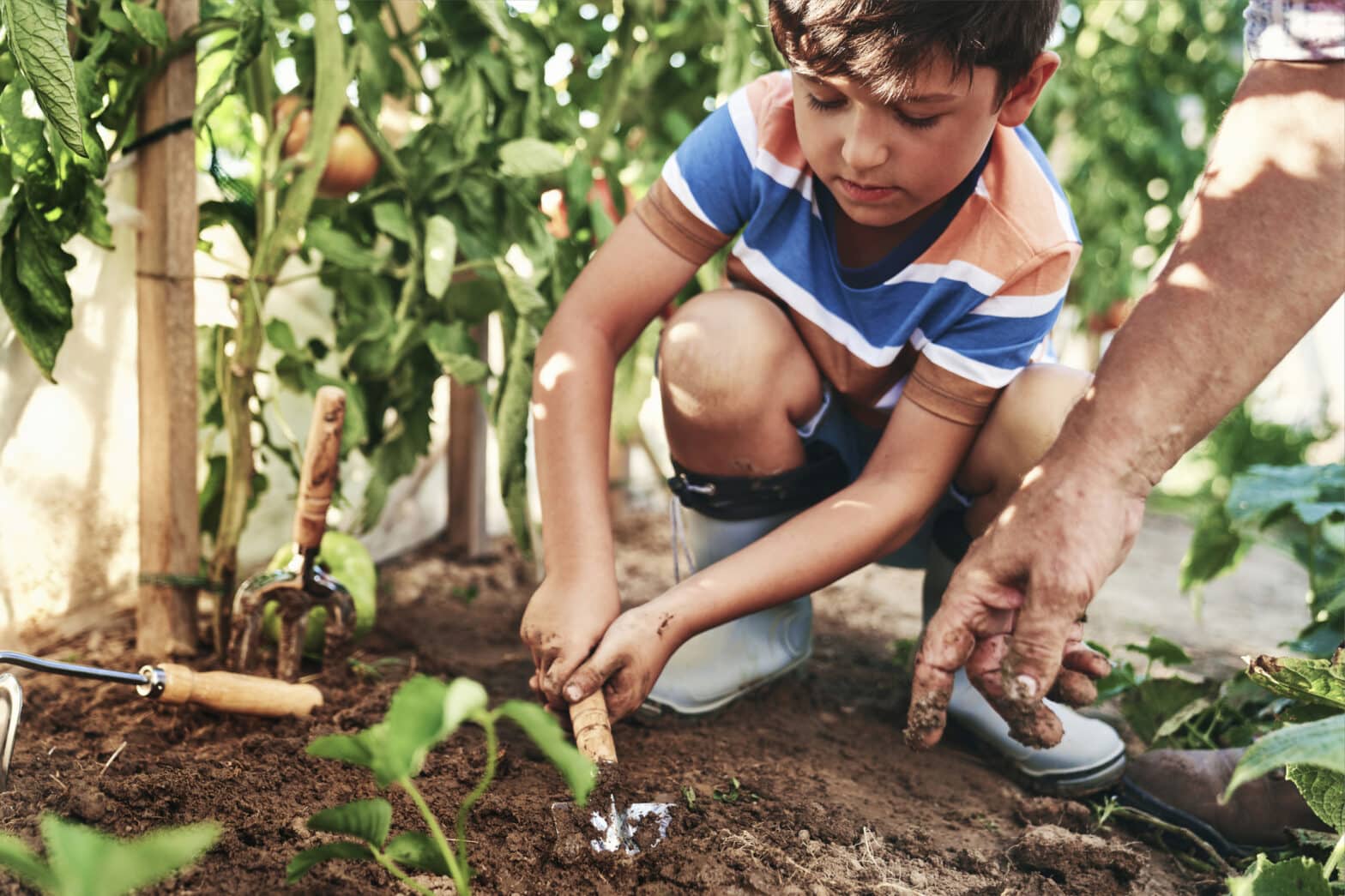Companion planting is a cultivation method that involves combining vegetables, aromatic plants, and flowers within the vegetable garden. This technique improves the growth of plants, limits the appearance of diseases, and promotes a healthy, natural, and sustainable environment. In this article, we detail the basic principles of companion planting and the various ways to implement it.
The benefits of companionship in the garden
Protection Against Pests
One of the main advantages of companion planting lies in its ability to protect vegetables and other plants from harmful organisms. Indeed, some plants emit repulsive substances or attract natural predators, thus limiting the attacks of parasites. For example, nasturtiums can be used to ward off aphids, while marigolds attract pollinating insects such as bees and butterflies.
Improvement of growth and production
By associating different plant species, companion planting also promotes harmonious growth and greater production. This is explained by the fact that some species are capable of fixing the nitrogen in the air, an element essential to the development of plants. Legumes, like peas or beans, are particularly effective in enriching the soil with nitrogen and stimulating the growth of nearby crops.
Disease Prevention
Companion planting also helps to reduce the risk of disease among the vegetable garden. Indeed, this practice promotes biodiversity and thus limits the spread of pathogens. Moreover, some plants possess natural fungicidal or insecticidal properties that protect their neighbours against various diseases. The basil, for example, is known to strengthen the resistance of tomatoes to mildew.
Implementing companion planting in the garden: some concrete examples
The beneficial associations between vegetables and aromatic plants
Here are some examples of interesting associations to create a conducive environment for companionship:
- Tomato and Basil: Basil repels some pests harmful to tomatoes and improves their flavor.
- Carrot and leek: The leek repels the carrot fly and vice versa.
- Lettuce and radish: These two species take advantage of the space by developing at different depths and have a rapid growth in association.
The combinations of vegetables and flowers:
The flowers can also play a significant role in garden companionship. Here are some examples of successful associations:
- Zucchinis and nasturtiums : The nasturtiums attract the aphids which thus leave the zucchinis alone.
- Peas and cosmos: Cosmos attract pollinating insects, which promotes the fertilization of pea flowers.
- Eggplant and marigold : The marigold repels pests harmful to the eggplant and improves its flavor.
The importance of planning your vegetable garden well to optimize companionship
The implementation of companionship must be carefully considered in order to obtain the best possible results. It is important to take into account the specific needs of each plant (sunlight, watering, type of soil) and to avoid unfavorable associations.
For this, it can be useful to rely on reference guides or companion planting charts, which list the different interactions between plant species. These tools allow you to organize your vegetable garden in a coherent and harmonious way, respecting the principles of companion planting.
In conclusion, companion planting in the garden represents an ecological and sustainable approach to vegetable cultivation. This method promotes biodiversity and offers numerous advantages for vegetables and other plants, in terms of growth, pest protection, and disease prevention. To maximize its benefits, it is necessary to properly plan your vegetable garden and inform yourself about appropriate pairings.

